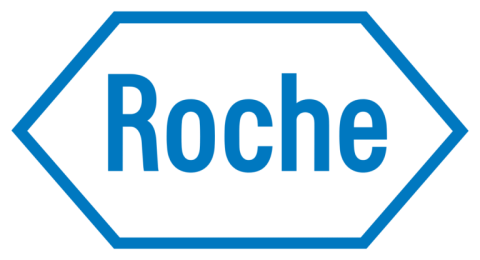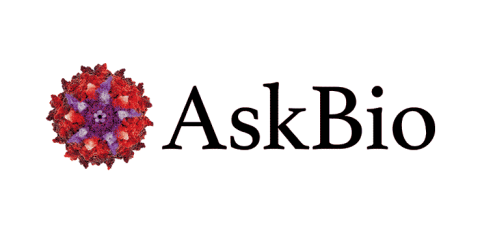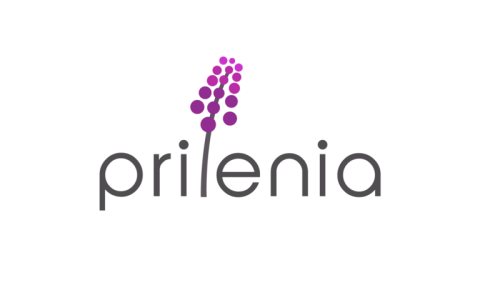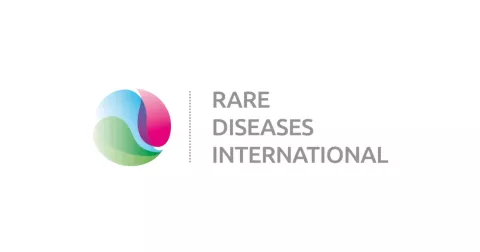We often think of the adult brain like a completed jigsaw puzzle—once all the pieces are in place, that’s it. If a few pieces go missing, as happens in neurodegenerative diseases like Huntington’s disease (HD), there’s not much we can do except try to slow the loss. But new research is challenging that idea in a big way. A new study has shown that it may be possible to grow new brain cells in the adult brain—and not just any cells, but the exact pieces that HD takes away. Even more amazing? These new cells can connect with the brain’s existing networks, as if finding their place in the puzzle and clicking right into place. This discovery opens the door to a bold new goal: not just slowing the loss, but rebuilding the puzzle itself.
What Gets Lost in Huntington’s Disease?
To see why this study matters, let’s start with the pieces that go missing in HD. The disease causes progressive damage to an area of the brain called the striatum. The striatum sits almost exactly in the center of the head and helps control movement, emotions, and decision-making. The specific puzzle pieces lost here are called medium spiny neurons, or MSNs.








